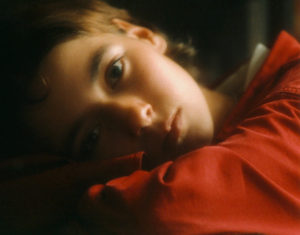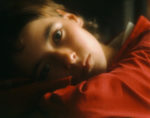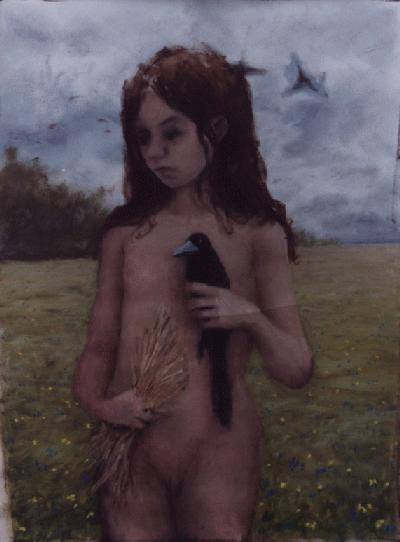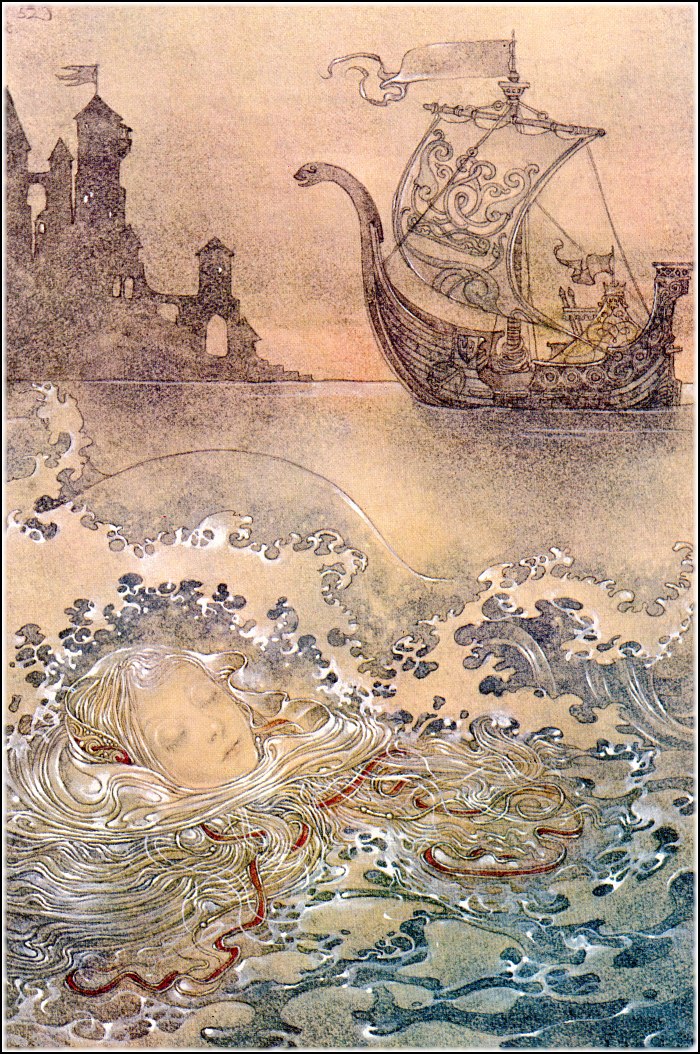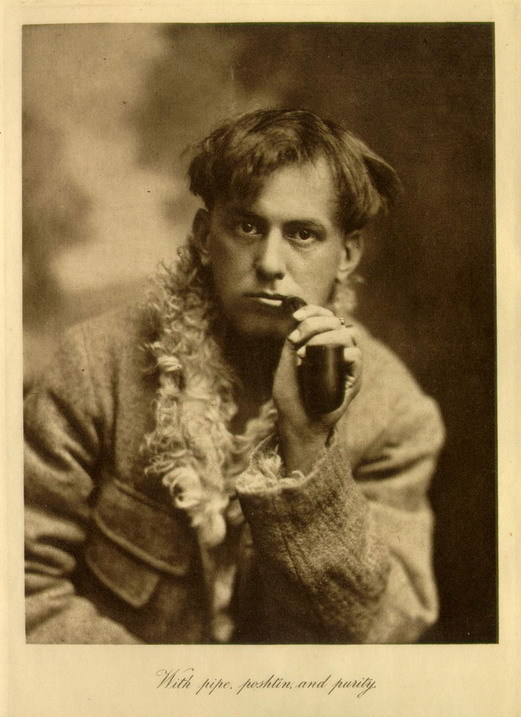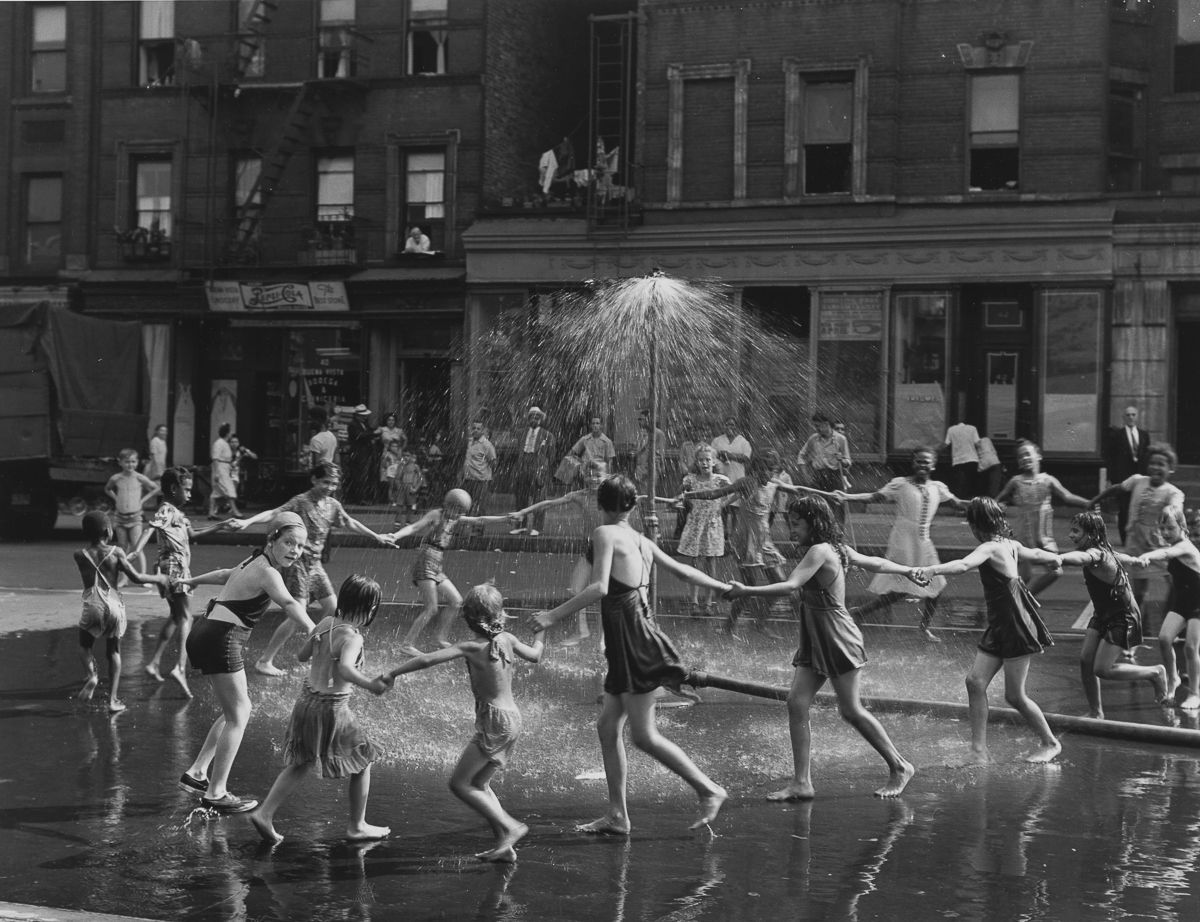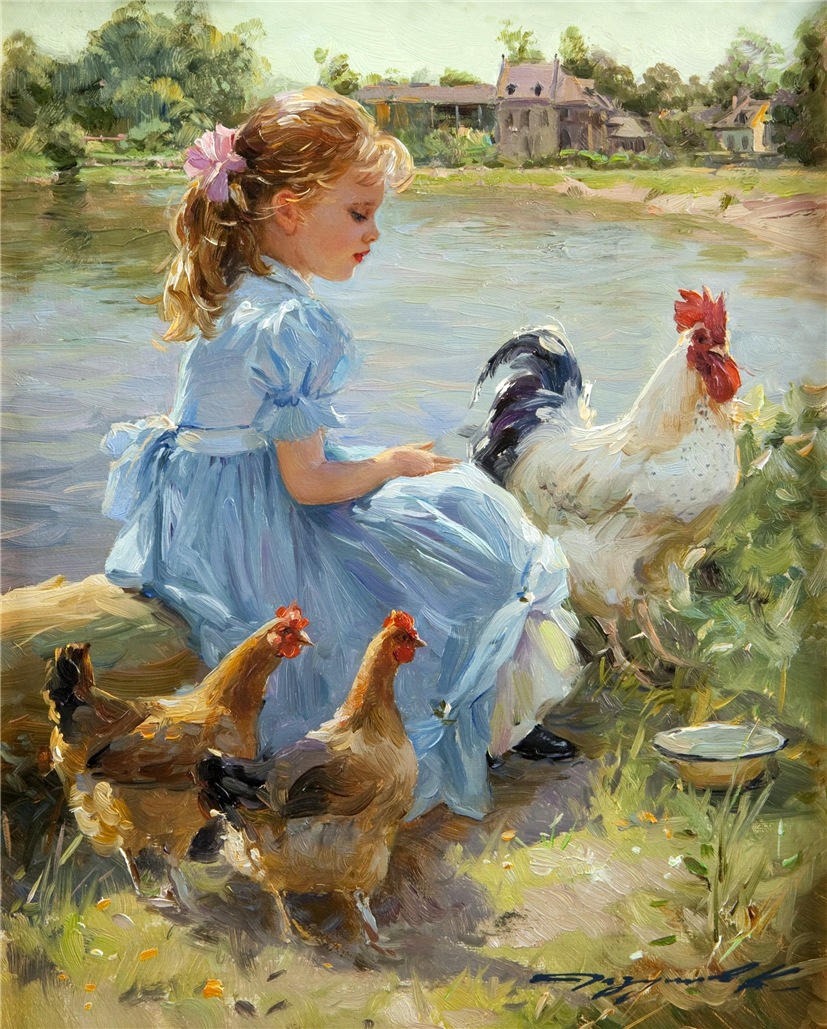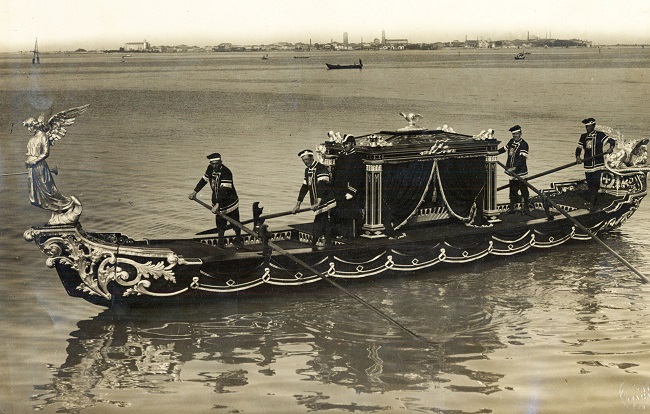
Jean François Victor Aicard, né le 4 février 1848 à Toulon (Var) et mort le 13 mai 1921 à Paris, est un poète, romancier et auteur dramatique français. Son recueil de poèmes consacrés à l’enfance, La Chanson de l’Enfant, parut en 1875 et fut couronné par l’Académie française ; il connut plusieurs éditions. CONTINUE READING / CONTINUER LA LECTURE…
